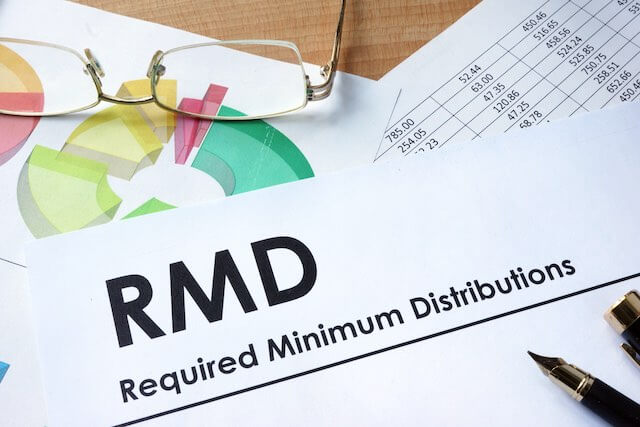Most readers and investors in the Thrift Savings Plan (TSP) have probably never heard of the Securing a Strong Retirement Act of 2021 (H.R. 2954), dubbed the “SECURE Act 2.0.” But, if it passes into law, it contains significant changes for TSP investors and the age for starting a required minimum distribution (RMD).
Predicting whether a complex bill like HR 2954 will become law is difficult at best. In this case, the bill does have 98 Cosponsors—51 Democrats and 47 Republicans. Moreover, the bill is likely to be considered in the House next week. In short, there is a reasonable chance that this bill will become a new law.
Summary of the SECURE Act 2.0
This bill makes changes to employer-sponsored retirement plans, including the TSP. These changes include increasing the age at which participants are required to begin making a required minimum distribution (RMD).
Changes to Required Minimum Distributions (RMD) and Catch-Up Contributions
At the monthly meeting of the Federal Retirement Thrift Investment Board (FRTIB), Kim Weaver, Director of External Affairs for the FRTIB, mentioned two items of particular significance in this bill for TSP investors.
First, with regard to required minimum distributions (RMD) from the TSP:
- For a person who turns 72 years old after December 31, 2022, and turns 73 before January 1, 2030, the applicable age for starting RMDs is 73 years old.
- For a person who turns 73 after December 31, 2029, and turns 74 before January 1, 2033, the applicable age for RMDs is 74 years old.
- For a person who turns 74 after December 31, 2032, the applicable age for RMDs would be 75 years old
Second, the bill would require catch-up contributions to the TSP to be designated as Roth contributions.
What Are Catch-Up Contributions?
How can federal employees add catch-up contributions to the TSP? Federal employees who contribute to TSP accounts for retirement are subject to limitations on how much money they can invest in the TSP, but once a federal employee turns 50, that TSP investor can contribute more money into a TSP account. That extra amount is a “catch-up contribution”.
The annual contribution limit for federal employees investing in the Thrift Savings Plan was increased to $20,500 for 2022. The limit on catch-up contributions for individuals 50 or more was unchanged at $6,500 for 2022. Therefore, federal employees who participate in the TSP who are 50 and older can contribute up to $27,000 in 2022.
Catch-up contributions are designed to help people who are nearing retirement age pad their TSP accounts so they can reach their goals. Once you turn 50, there’s not as much time for compound interest to accrue and grow your nest egg, but adding more cash will help you build a solid foundation for future income. They’re called catch-up contributions in recognition of the fact that many people didn’t immediately open a retirement account when they enlisted or got their first job. Whether you waited a decade to open your TSP or just weren’t able to max out your contributions when you were younger, catch-up contributions give you a chance to make up for lost time now, while you are earning more at this stage in your career.
How to Get Ready for TSP Catch-up Contribution Changes in 2021
Changes were made to the catch-up contribution process for 2021. In reviewing these changes, Neal Thompson, the founder of Federal Retirement Services, urged the following action plan for TSP investors:
- Review Your Contributions
- Challenge Yourself to Max Out Your Contributions (If it’s not at least 5%, you are leaving free match money on the table. )
- File the Paperwork
When Would the SECURE Act 2.0 Be Effective?
We do not know when the bill would be effective if it becomes a law. In the past, quick implementation has provided a problem for the FRTIB as it is a large, complex system. At the monthly meeting of the FRTIB, Kim Weaver noted that the FRTIB is working with Congress on the implementation date for the bill should it become a law.




